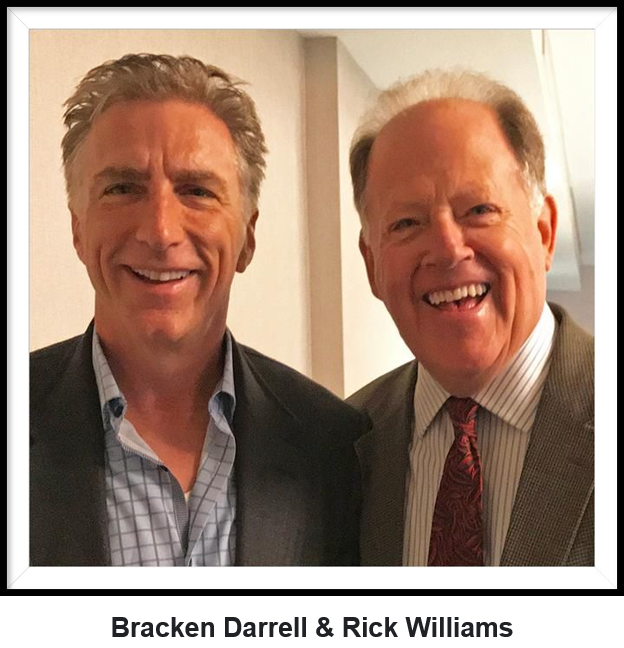Pulverize Your Company – The Logitech Model

Fire yourself is Bracken Darrell’s approach to renewing his leadership role as CEO of Logitech. See my earlier blog.
Bracken also discussed his approach to managing scale in an innovative company. Logitech had revenues of $2.8B in 2018. And Bracken hates large, elephant-like companies. In his view, selling lots of things is their only competency.

Pulverizing large companies into a collection of small, loosely connected companies is Bracken’s approach. When rapid innovation and adaption are essential, he values gazelle-like quickness and agility over centralized control.
He runs support functions like R&D, HR, and finance as consulting groups to the operating companies. Bracken sees his CEO job as “Managing Director” of partnerships rather than “God” overseeing one centralized and integrated company.
The “BCG growth to scale model” includes building scalable integrated systems across the organization to enable control, communications, and financial reporting. Keeping everything stable and uniform supports large scale operations and lower costs. The downside of big company management is limited innovation, limited initiative, and resistance to change.

Bracken wants to operate at scale without behaving like an elephant. His approach is to keep the company’s operating groups relatively small and their management teams small.
Your company could be driving growth, or you may be “at scale” and want to stay innovative. In these cases and others, Bracken Darrell’s approach challenges you to consider the management structure and the management and control systems best matched to where your company will be in 2 to 4 years. Are some functions so central to the success of the business that they must be centrally directed for the whole company? Regulatory compliance in financial services and brand management come to mind.
If adaptation to customer and technology change is essential for success, the business units require autonomy. This is the Logitech model. Turnarounds where re-structuring and cost cutting are required usually require centralized and authoritarian direction, at least for a period. Many retail companies and smaller hospital systems are now in that position.
- Don’t become an elephant to control costs if your business requires innovation and adaptation.
- Don’t continue acting like a gazelle if your business must reduce costs to survive.
Motif #1, Rockport, Massachusetts
A red wooden shack on the stone dock at Rockport, Massachusetts, is a favorite of art students and said the be the most frequently painted building in the world.
I captured this image New Years Day, 2020, after a drive on a brisk day while thinking about the beginning of a new year and a new decade.
